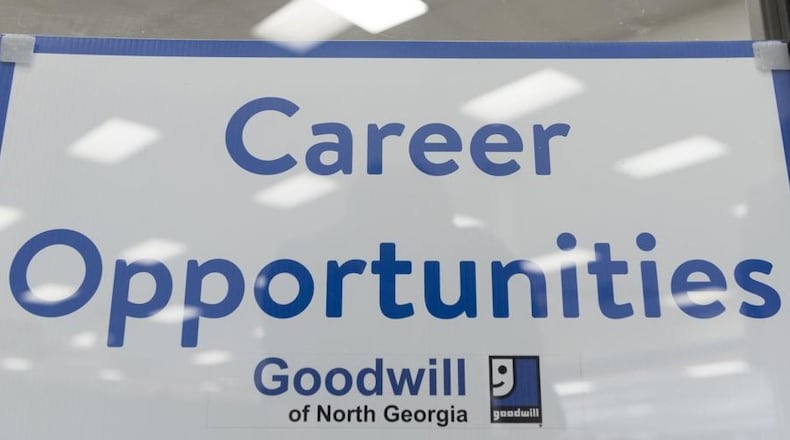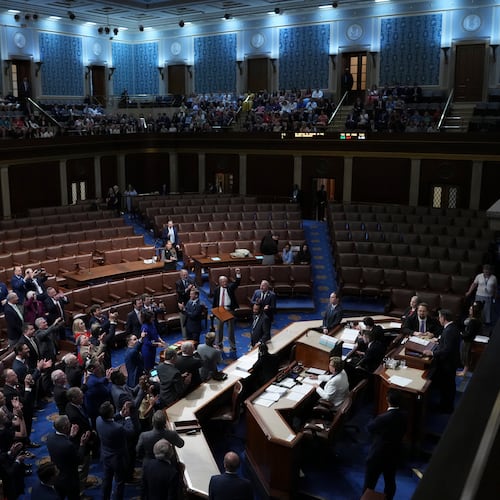We find ourselves in an unprecedented time as we linger on through a global pandemic while in the midst of the greatest economic workforce shakeup of our lifetime. Companies continue to grapple with a serious worker shortage as August saw approximately 2.9% of the U.S. workforce up and quit.
This mass exodus of laborers is putting an enormous and visceral strain across industries and employers, including retail, factories, restaurants, construction, schools and many other major subsets of the American economy. As of a couple of weeks ago, the U.S. now sits at 10.9 million-plus job openings.
So, where are all the people for these jobs?
Fortunately, there’s a large group of Americans ready to help fill this gap, 33 million of working age to be exact. Citizens who are defined as having a disability -- either physical and/or mental -- and 75% of them want to and can work, but are not currently employed.
Right now, for people with disabilities, the unemployment rate is more than double that of people without a disability. More telling, The CEO Commission for Disability Employment recently highlighted the Labor Force Participation Rate for people with disabilities trails their peers with no disabilities by 46%.
Every October businesses and corporations across the country commemorate National Disability Employment Awareness Month (NDEAM) to promote access to gainful employment for all Americans. The annual commemoration of NDEAM began in 1945 as the return of WWII soldiers sparked interest in the needs of people with disabilities in the workplace.
Forty-five years later, in July 1990, President George H.W. Bush signed the Americans with Disabilities Act (ADA) into law. As the most comprehensive disability rights legislation ever passed, the ADA prohibits discrimination in hiring, advancement, and termination and mandates equal access to workers’ compensation, job training and other privileges of employment.
Despite these efforts, the employment rates for Americans with disabilities still lag the general population since the signing of the ADA. According to the U.S. Department of Labor, the unemployment rate for people with disabilities was 12.6 percent in 2020, while the rate for workers without a disability was 7.9 percent. Employed persons with a disability were also more likely to be employed part-time or be self-employed as opposed to full-time. Add to this the anecdotes of highly skilled people with disabilities taking entry-level positions illustrates we still have far to go.
The simple fact is there is no shortage of skilled American laborers ready to tackle the current employment crisis. In fact, quite the opposite: persons with a disability have been shown to more likely work in occupations that have been hardest hit, including leisure and hospitality, production, transportation and material moving, according to the Bureau of Labor Statistics.
The talent pool and available workforce are right in front of us. We, as employers and corporate leaders, must take on the responsibility of training and working with people with disabilities to create inclusive workplaces. Not only does this get Americans back to work but it also helps narrow disparities in disability employment and spark a new era of the modern American workforce, one that is built for -- and understands -- the modern American worker.
Keith T. Parker is president and CEO of Goodwill of North Georgia.
About the Author
Keep Reading
The Latest
Featured




